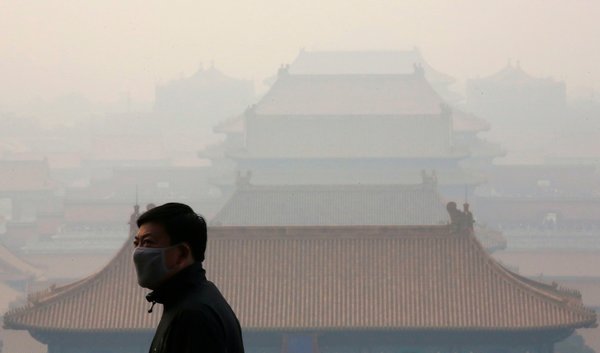《Science》刊文探讨中国可持续发展的道路
时间:2010-04-02 阅读: 442 我要评论: 0
Of the >100 environmental laws and policies enacted since the 1970s, most have ineffective implementation and enforcement. Although sustainable development has been a national strategy since 1994, short-term economic gain still has priority. Some positive actions, such as the calculation of green GDP in 2004–2005 (4) (i.e., discounting gross domestic product by incorporating environmental costs) were short-lived because many government officials were concerned about their jobs and promotions, which were solely or mainly based on economic performance. The widespread ideology of "development first, environmental protection later" or "pollute first, then clean up" is a root cause of China's low ranking in environmental sustainability (5).
There are some positive signs, however. The nature reserve system now occupies 15.1% of China's territory (higher than the world average) (6). The Natural Forest Conservation Program (7) banned logging of natural forests after the devastating floods of 1998 that were widely believed to be the result of deforestation and soil erosion. China's economy, dominated by polluting, low-efficiency industry, is gradually being replaced by a circular economy that applies the principles of "reduce, reuse, and recycle" and uses one facility's waste as another facility's input. Since attending the 1972 United Nations Conference on the Human Environment, China has begun to recognize environmental problems, signed international environment-related treaties, imported green technologies, and collaborated with foreign countries and international organizations to undertake environmental actions in China. The National Climate Change Program has aimed to lower energy consumption per unit of GDP by 20% between 2006 and 2010 (8) through economic restructuring and closing outdated factories. Furthermore, China plans to reduce CO2 emissions per unit of GDP by 40 to 45% from its 2005 level by 2020 through developing a low-carbon economy and more renewable energy (9).
In many cases, the government's intention has been good but has been met with surprises. Extensive efforts to plant trees in many arid and semiarid regions have caused environmental deterioration because trees consume too much of the limited
本栏目最近更新
| 《Nature》:中瑞合作研究确定二次气溶胶是中国雾霾的主要污染物 |
| 《Nature》:气候变化影响南极海狗生存 |
| 《PNAS》:人造叶片电池实现光合作用 |
| 《Science》:首份21世纪全球森林变化图 |
| 《Nature》:北京大学朴世龙等人解析昼夜变暖对北半球植被生产力的影响 |
| 2013年11月07日《Nature》杂志精选导读 |
特别声明:本文转载仅仅是出于传播信息的需要,版权归原作者所有,并不意味着代表本网站观点或证实其内容的真实性; 如其他媒体、网站或个人从本网站转载使用,须保留本网站注明的“来源”,并自负版权等法律责任; 作者如果不希望被转载或者联系转载稿费等事宜,请与我们接洽:service#environmentor.cn(请将#改为@)。
来源:Science 作者:Environmentor (环境人 Environmentor.Cn)





